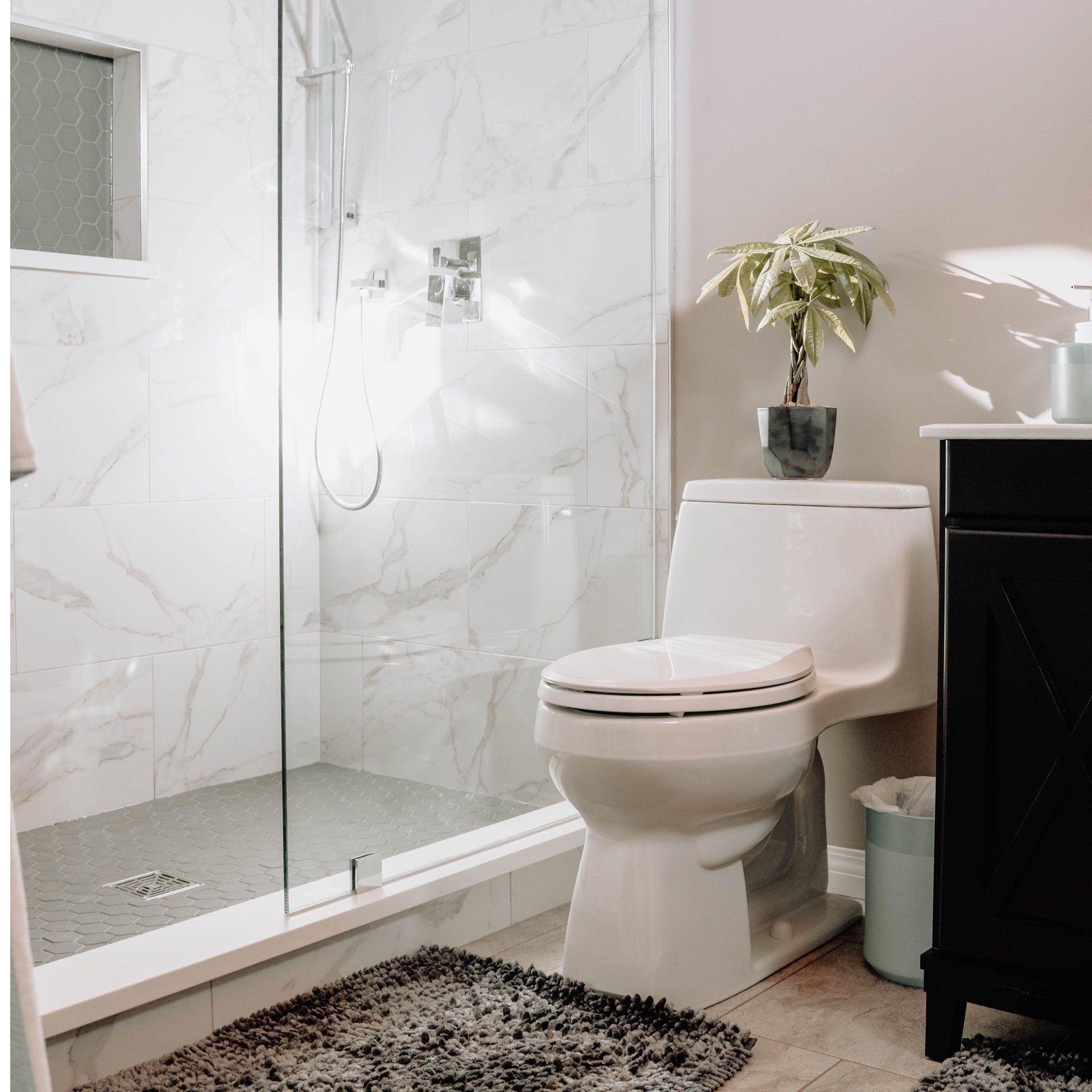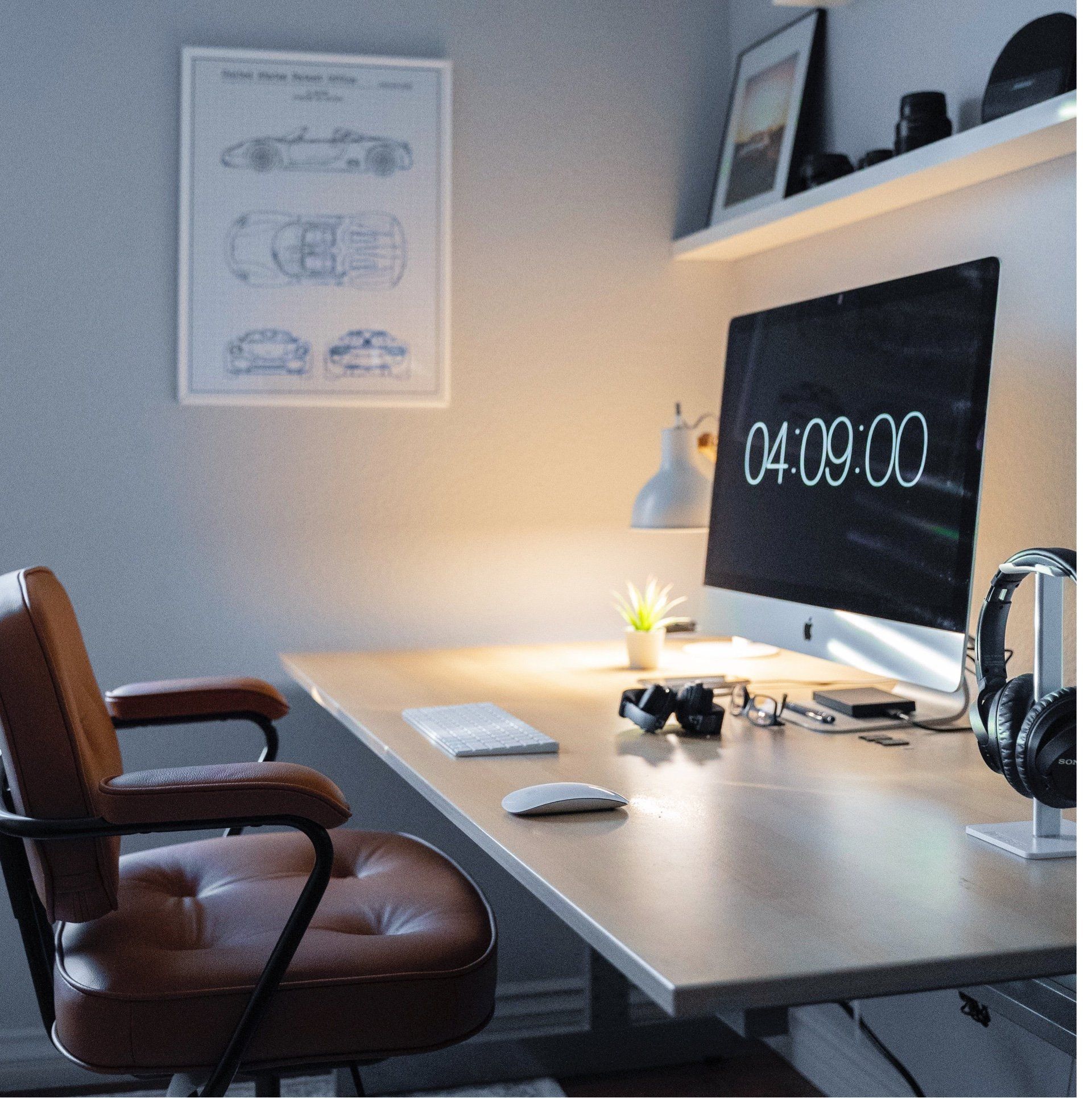Capital Ophthalmic
What is Tonometry?
Tonometry is a diagnostic technique employed to measure intraocular pressure, which refers to the fluid pressure inside the eye. This pressure is primarily maintained by the balance between the production and drainage of aqueous humor, the fluid filling the anterior chamber of the eye. Deviations from the normal range of intraocular pressure can indicate underlying ocular pathologies, notably glaucoma, a leading cause of irreversible blindness worldwide.
Importance of Tonometry
Accurate measurement of intraocular pressure through tonometry is critical for the early detection, monitoring, and management of various eye conditions. Elevated intraocular pressure is a primary risk factor for glaucoma, a progressive optic neuropathy characterized by optic nerve damage and visual field loss. By identifying elevated intraocular pressure, tonometry facilitates timely intervention, enabling clinicians to initiate appropriate treatments to mitigate the progression of glaucoma and preserve vision.
Methods of Tonometry
Several techniques exist for measuring intraocular pressure, each with its advantages and limitations:
- Goldmann Applanation Tonometry (GAT): Considered the gold standard, GAT involves flattening a small area of the cornea using a calibrated force. The amount of force required to flatten the cornea correlates with intraocular pressure.
- Non-contact (Air-Puff) Tonometry: This method utilizes a puff of air directed onto the cornea, causing it to deform. The device measures the air pressure required to deform the cornea, providing an estimation of intraocular pressure. While convenient and non-invasive, non-contact tonometry may yield slightly higher readings compared to GAT.
- Tono-Pen Tonometry: Tono-Pen is a handheld device that measures intraocular pressure by applying a small amount of pressure to the cornea via a disposable probe. This method is particularly useful in clinical settings where portability and ease of use are paramount.
- Rebound Tonometry: Rebound tonometry utilizes a small probe that makes brief contact with the cornea. The probe measures the change in momentum after rebounding from the cornea, from which intraocular pressure is inferred. This technique is gaining popularity due to its ease of use and minimal requirement for corneal anesthesia.
Clinical Implications
Tonometry serves as a cornerstone in the diagnosis and management of various ocular conditions. Regular tonometric assessments are essential for individuals at risk of glaucoma or those undergoing treatment to monitor intraocular pressure fluctuations and disease progression. Tonometry aids in assessing the efficacy of therapeutic interventions, guiding treatment decisions, and improving patient outcomes.
Learn More About Tonometry With Capital Ophthalmic
At Capital Ophthalmic, we recognize the critical importance of tonometry in preserving our patient's vision and overall eye health. This vital diagnostic procedure allows our skilled ophthalmologists to accurately measure intraocular pressure, enabling the early detection and effective management of various ocular conditions. By incorporating tonometry into our comprehensive eye examinations, we can identify and address potential issues before they progress, ultimately enhancing our patients' quality of life.
Our commitment to providing the highest standard of care drives us to stay at the forefront of technological advancements in tonometry. As new techniques and tools emerge, promising even greater precision and utility in the diagnosis and treatment of eye diseases, we ensure that our facilities are equipped with the latest innovations. This proactive approach allows us to leverage the full potential of tonometry, ensuring accurate assessments and tailored treatment plans that prioritize our patients' long-term visual well-being.
Additionally, Capital Ophthalmic offers
ophthalmic equipment repairs to maintain the effectiveness and accuracy of these vital diagnostic tools. Our skilled technicians are dedicated to ensuring that all ophthalmic instruments, including those used for tonometry, are in optimal working condition, further supporting our mission to provide superior eye care1.
Capital Ophthalmic
Instrument Service Inc.




